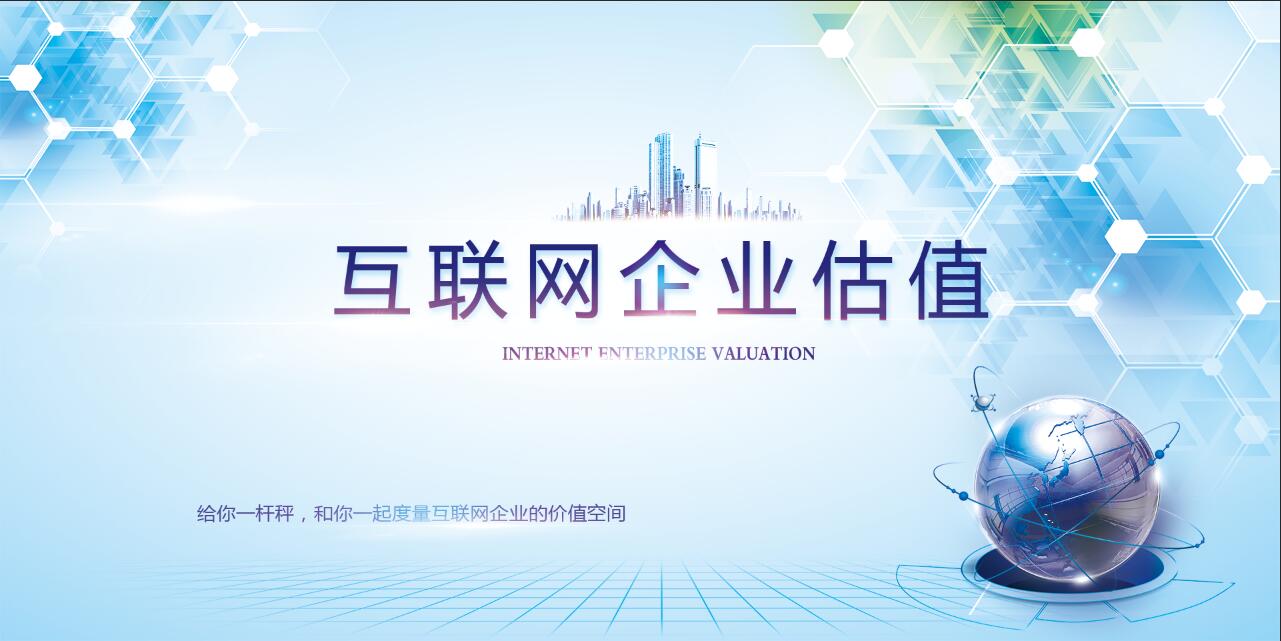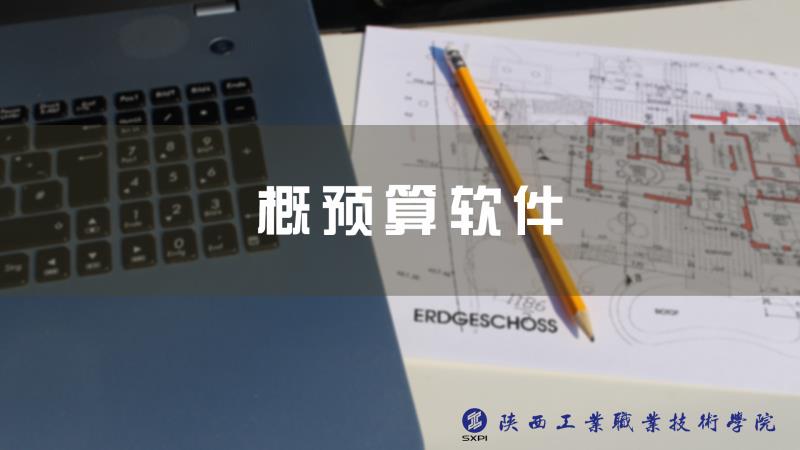
当前课程知识点:互联网企业估值 > 第三章 企业价值评估的基本方法 > 3.3.1绝对估值法:预期现金流折现法 > Video
同学们大家好
Hello students
今天由我来带领大家了解一下资产评估
Today let me bring you a very basic method of asset valuation
一种非常基本的方法叫做收益法
called the income method
接下来是由收益法所引申出来的
The following is a summary of the expected discounted cash flow
在企业价值评估当中的
method in the enterprise value assessment
预期现金流折现法的一些大致内容
which is derived from the income method
在讲解这些具体内容之前
Before explaining these specific contents,
我们先来想一想我们大家
let us first think about
在日常生活当中的一种购物习惯
a shopping habit in daily life
那就是当我们决定要去购买一样商品的时候
When we decide to buy the same goods,
我们总是要在心里打打算盘
we always have to think about
我们拿到这项商品之后
what kind of benefits
给我们会带来什么样的好处
we will get from the product
比如说我有了这样商品
For example, such a product
能够让我的生活变得更加便利
can make my life more convenient
或者说我拥有这样一项商品之后
or when I have such a product,
在外人看来会觉得我这个人形象上变得更好
others think that I am better in image
总之我在购买这项商品的时候
In short, when I buy this product,
一定是因为这项商品能够给我带来好处
it must be because this product can bring me benefits
那么将这样一种思想放在投资这个行为上的时候
Then when we put this kind of thinking on investment behavior,
我们一定会这样想
we must think this way
那就是当我在对这项资产进行投资的时候
When I invest in this asset,
一定是考虑到这项资产
I must consider that this asset will
会在未来给我带来收益
bring me benefits in the future
那么未来的收益越高
Then the higher the future earnings,
我可能愿意为它所付出的成本也就越高
the higher the cost I might be willing to pay for it
这样一种思想最后就被我们凝结成了
This kind of thought was finally condensed into
资产评估当中的收益法
the income method in asset valuation
收益法是指什么?
What is the income method?
就是指通过评估被评估资产未来的
It means to estimate all the costs we are willing to
预期收益的现值来得出我们当前愿意
pay for this asset by assessing the present value of
为这项资产所支付的所有成本
the expected future return of the asset being assessed
那么这样一种投资的思想
The idea of this kind of investment,
通俗点讲叫做将力求本
in general, is called the principle of seeking income
或者叫做预期收益原理
or the principle of expected return
任何一个理智的投资者
Any reasonable investor who decides to
在决定为这项资产付出一定成本的时候
pay a certain cost for this asset must
那一定要考虑到它未来的收益
take into account its future earnings
并且愿意支出的成本肯定不会高出
and the cost of willingness to pay will certainly
这项资产在未来所给我
not be higher than the benefits that
带来的收益的总和
this asset will bring to me in the future
如果说高于了那可能这是一个亏本的生意
it may be a loss-making business
好,那么这样一种方法
Well, if it is higher than that
我们在使用它的时候
So what should we pay attention to
需要注意什么呢?
when using this method?
我们有这样三个前提
We have these three premises
第一这项资产能够独立的获利
First, this asset can be profited independently
并且这个收益额能够进行预测
and this amount of income can be predicted
并且用货币衡量
and measured in currency
换句话说就是收益可以量化
In other words, the benefits can be quantify
第二点,为了获得这项预期收益
Second, in order to obtain this expected return
那么当然我们说风险越大收益越高
we say that the greater the risk the higher the return
那么在我们获得收益的时候
then the risk that is willing to pay
所愿意支出的风险也应该是能够进行预测
is also predictable when measured
并且用货币衡量的
and measured in currency
第三点那就是这项资产我在拥有了它之后
Third, after I own this asset
一定会存在一个所谓的年限问题
there will be a problem with the age
或者说叫做预期收益年限
or the expected income period
那么这个年限本身也应该是可以预测的
Then the age itself should be predictable
那么就出现了我们在收益法使用过程中
Then there are three important parameters that are needed
所需要的三个重要的参数
in the process of using the income method
第一个预期收益额
First, expected income
第二,折现率
Second, the discount rate
第三,获利年限
Third, the profit period
这三个重要的参数
These three important parameters
我们再具体去为它设定一定值的时候呢还有个要求
We have a request when we set a certain value for it
第一个关于预期收益额
The first one is about the expected amount of income
这里的关键词在于两个
The key words here are two
第一预期,第二收益
the first expectation, the second gain
所谓的预期那就是说我不能简单的
The so-called expectation is that I can't simply understand
将这项资产在过去发生的所有收益
all the benefits of this asset in the past
简单的理解成它在未来也会是这么多
simply understand that it will be so much in the future
那就是说我只能根据当前的收益
That is to say, I can only reasonably predict
合理地进行预测
based on current earnings
给出这项资产在未来的一个数值大小
giving a value for this asset in the future
可高可低
which can be high or low
第二个小问题就是所谓的收益是指什么
The second small question is what is the so-called income
我们要求的是这一项资产的一个客观收益
What we are asking for is the objective benefit of this asset
而不是当前的收益来进行判断
not the current income
这一点比较好理解了
This is a better understanding
比如说我们在一个市场上进行房租的一个判断的时候
For example, when we judge the rent in a market,
你就会发现,有的房屋房租高
you will find that some houses are rented high
有的房屋房租低
and some houses are rented low
那是不是因为是这项房子本身好或者不好呢?
Is it because the house itself is good or bad?
也不一定
Not necessarily
因为他可能取决于宏观经济的情况
It may depend on the macroeconomic situation
宏观经济好,房租可能就高了
the macro economy is good, the rent may be high
宏观经济比较差,房租可能就低
relatively poor, and the rent may be low
这个时候你会发现
At this time you will find that
这项资产的收益不仅仅取决于这项资产本身
the benefits of this asset depend not only on the asset itself
它可能取决于一些市场大环境以及其他因素
but on the market environment and other factors
所以我们在确定这项资产的收益额的时候
Therefore, when determining the amount of income of this asset,
要根据的是客观收益
it is based on objective income
而不能说仅仅因为
It cannot be said that just because
这项资产在今年收益是多少
the income of this asset is this year
我们就认为它在未来也是多少
we think it is also how much it will be in the future
所以我们叫预期收益额
So we call the expected amount of income
第二点,折现率的问题
Second, the problem of discount rate
我们在讲到折现的时候
When we talk about discounting,
说它反映的是一种风险
we say that it reflects a kind of risk
那么这个风险我们该怎么理解?
So how should we understand this risk?
它又会分为两个层面
It will be divided into two levels
第一个层面是说我们即使不投资
The first level is that we don’t invest,
我们将钱存在银行里边
we put money in the bank
其实我们的钱也会我们带来一定的收益ll
In fact, our money will bring us some income
这个是我放在银行里边
This is what I put in the bank
你可以理解为是一种相对来说无风险的收益
you can understand it is a relatively risk-free income
那么如果我决定进行投资的时候
Then if I decide to invest
将钱取出来放到一个特定市场上之后
after I take the money out and put it in a specific market,
你就会发现我的收益确实变高了
you will find that my income is indeed getting higher
但这个时候我所承担的风险也变大了
But at this time, the risks I have taken are also getting bigger
那么折现率在我们这里
Then the discount rate actually
其实就包含了两层意思
contains two layers of meaning here
第一层我们叫做无风险的收益
The first layer we call risk-free income
第二层意思就是根据这项资产
The second layer means that according to
所本身对应的行业
the industry corresponding to the asset itself,
它可能有一个特殊的风险的叠加
it may have a special risk overlay
所以我们在对折现率进行数值设定的时候
Therefore, when setting the discount rate,
必须考虑这两方面的因素
you must consider these two factors
第三个我们说叫做获利年限的问题
Third, we are called the problem of profitability
这个获利年限呢 我们就可以想一想
We can think about this profitable period
虽然说一家公司我们出于美好的愿望吧
Although we say that a company wants it to run forever,
希望它能够永远地运行下去
because of its good wishes
可有时候你不得不考虑这家公司
sometimes we have to consider that this company
确实存在一个可获利年限的问题
does have a profitable problem
这个年限可长可短
This period can be long or short
那我们该怎么来求解呢?
so how can we solve it?
这个时候我们可以不妨做一个同样美好的愿望
At this time, we may wish to make an equally good wish
那就是假设它确实能够永远地运行下去
that is, suppose it can indeed run forever
那当然有个前提了
Of course, there is a premise
如果这家公司
If the company gave its operational life
由于它在创立之初就给出了它的一个运营年限
at the beginning of its establishment,
那这个时候我们就不得不
then we have to specifically limit
根据相应的合同、法律法规
the mutual profitability to a limited value
来具体的将这个互获利年限给在一个有限值范围内
according to the corresponding contract laws and regulations
所以获利年限也需要我们的
Therefore, the profit-making years also require
具体问题具体分析
specific analysis of our specific problems
通过这三个要素或者说是重要的参数
Through these three elements, or important parameters
最后就会对应在
Finally, it will correspond to
我们讲到的收益法的一个公式上面去
a formula in the income method we talked about
关于这项公式以及
For the solution of this formula
这个公式的相应参数的求解
and the corresponding parameters of this formula
我们放在下一节内容来介绍
we put it in the next section to introduce
-开篇:课程团队介绍
--Video
-1.1理解互联网时代
--Video
--Video
-1.2识别互联网企业
--Video
-1.3中外互联网企业估值的比较
--Video
-1.4阿里巴巴IPO估值
--Video
-1.5谷歌公司IPO估值
--Video
-1.6互联网企业估值的新问题
--Video
-习题--作业
-2.1互联网企业的本质特征
--Video
-2.2互联网企业的估值原理
--Video
-2.3互联网企业的生命周期
--Video
-2.4互联网企业的价值源泉
--Video
-习题--作业
-3.1企业价值评估的一般方法
--Video
-3.2相对估值法:市场比较法
--Video
-3.3.1绝对估值法:预期现金流折现法
--Video
-3.3.2公式的给出收益额与收益期限的求解
--Video
-3.3.3折现率的选取
--Video
-3.4蒙特卡洛仿真模拟
--Video
-3.5 B-S期权定价法
--Video
-3.6 Fama-French三因子模型
--Video
-3.7 企业价值评估方法的注意事项
--Video
-习题--作业
-4.1互联网企业的分类
--Video
--Video
-4.2互联网企业估值典型案例一
--Video
-4.3互联网企业估值典型案例二
--Video
-4.4互联网企业估值典型案例三
--Video
-4.5互联网企业估值的方法选择
--Video
-习题--作业
-5.1独角兽企业的分类和分布
--Video
-5.2独角兽企业估值的难点一
--Video
-5.3独角兽企业估值的难点二
--Video
-5.4独角兽企业估值方法
--Video
-5.5.1成长期估值
--Video
-5.5.2成熟期估值
--Video
-5.6中国独角兽企业回归及估值问题
--Video
-习题--作业
-6.1.1创业股东价值演变与评估(一)
--Video
-6.1.2创业股东价值演变与评估(二)
--Video
-6.2.1企业内在价值与定期重估(一)
--Video
-6.2.2企业内在价值与定期重估(二)
--Video
-6.3创业板无形资产评价指数
--Video
-6.4创业板互联网板块的简评
--Video
-习题--作业
-习题--作业









